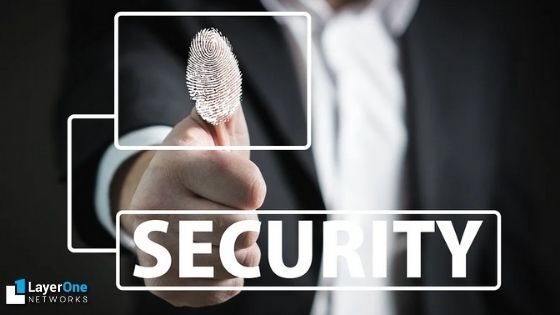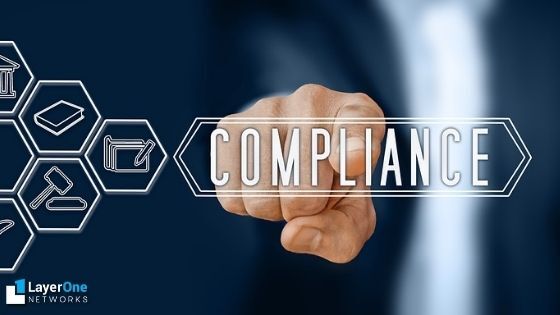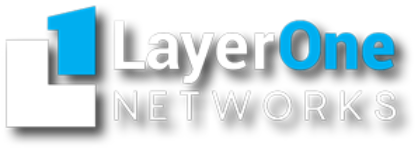Is there any difference between IT security and IT compliance?
This is often one of the common doubts many get when talking about securing their IT systems.
IT security and IT compliance both have to deal with protecting the information. But that’s where the similarities stop. There are quite a lot of differences between what goes on in IT security and IT compliance.
But, for some IT professionals, both terms are interchangeable, and their differences get blurred. This blog specifically sheds light on what constitutes IT security and IT compliance and the differences between them both.
What is IT Security?

IT security is needed to prevent attacks from malicious sources and protect our IT systems. IT security is also about minimizing the damage in the event of an unstoppable attack and ensuring that sensitive information is kept safe.
While the explanation seems simple, the process behind IT security is not. There are many ways through which hackers can gain access to our IT systems, and IT security professionals need to predict and enforce firewalls to prevent them.
At LayerOne Networks, we provide security services for companies in Corpus Christi and use a combination of IT security practices to keep the security systems updated. We use a set of automated tools, security kits, and manual processes wherever needed to conduct regular audits and tests to reinforce and strengthen IT security.
What is IT Compliance?

IT compliance is the need to follow a specific set of regulations based on third-party requirements. While there’s no direct motivation for IT compliance, like IT security, failure to meet the compliance needs can have serious repercussions.
IT compliance helps maintain a standard of security for the users by enforcing specialized IT security practices. Usually, IT compliance is mandated by:
- Government
- Client contract
- Industry-specific regulations and standards
For example, healthcare companies need to follow HIPAA compliance for all of their IT systems to maintain the data security of the patient’s information.
Similarly, there are various other industry standards that every business needs to follow. Moreover, adhering to the standards of compliance will also serve as a plus point for client acquisition.
Our IT consulting firm has helped many companies to understand such compliance needs and adhere to them. We analyze such mandatory IT compliances for a business and assist them to be in line with them all.
What’s the difference between IT security & IT compliance?
IT compliance is fixed when compared to IT security. With IT compliance, you’ll need to follow all the particulars in the industry, government, and contract compliance. You don’t need to go out of your way to come up with novel ideas for it.
However, IT security is entirely flexible based on your business needs, budget, and capability. You can exercise any amount of cybersecurity as much as you need to keep your information protected. You’ll look at the security of your system from different points of view and analyze the best way to maximize data security.
Let’s compare the difference with the actual processes of IT security and IT compliance.
3 Different ways to improve IT security
Most hackers try to gain access to an IT system in 3 common ways:
- Networks: There are network security tools and firewalls that we can install to fortify the networks. It can prevent hackers from attacking the system and quickly rely on the hacking attempt by security professionals.
- People: One of the most common ways hackers try to crack an IT system is through the people. The employees may carelessly click on malicious links or open websites through which the malware gets installed, gains all the login information, and sends it to the hacker. To prevent it, we need to conduct regular IT security seminars to warn people against such hacking attempts.
- Devices: The physical devices we carry may be prone to phishing attacks. There is specific software we need to install and conduct regular screening to prevent such types of attacks.
3 Different ways to follow IT compliance
Here are some common IT compliance frameworks that many companies need to adhere to:
- SOX ( Sarbanes-Oxley Act) is required to maintain the financial data of public companies. It has several requirements for maintaining, destroying, and altering the data.
- PCI DSS compliance stands for Payment Card Industry Data Security Standards. It is created for maintaining financial information by using secured networks, different levels of access, and testing.
- ISO 27000 is a standard that certifies companies that follow certain high levels of security. It outlines how a company should approach and follow information security management. While this isn’t mandatory, companies that follow ISO 27000 have an edge in clients’ eyes over those who don’t.
Striking a balance between IT security & IT compliance
When we look at it closely, IT compliance is often seen as a mandatory one where we can do the minimum and get by. This is where IT security complements compliance and adds to the protection of IT systems.
Every organization requires robust security systems, multi-layered defense protocols, and IT security training sessions. We can use compliance to find the gap in IT security and further increase the protection with advanced security systems and tools.
IT compliance establishes the foundation of IT security, and with further protection measures, we can ensure that your IT infrastructure is kept safe at all times.
With the new improvements in technology, it’s becoming challenging for organizations to keep up with the latest hacking techniques and update their IT security. This is where our IT consulting firm is of the best use.
With our managed IT services focused specifically on IT security and compliance, we can keep your entire IT ecosystem secure. Reach out to us at (361)653-6800 to discuss your IT security needs in detail.

